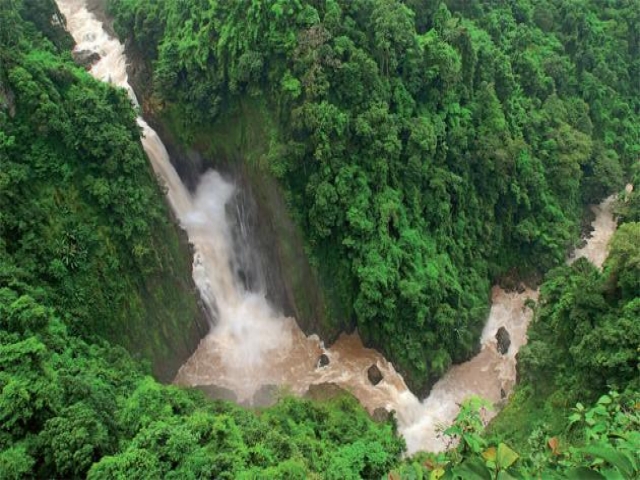World Heritage Sites in Thailand
Thailand has a great number of historical sites and ancient cities from different eras of its long history. There are 5 following properties inscribed on natural and cultural heritage list of the world recognized by UNESCO, and these wonders much help Thailand in catching the tourists attention through years.
Ayutthaya (1991)
The Historic City of Ayutthaya covers the remains of the second Siamese capital. It represents the birth place of true Thai art, including wall paintings, and architecture. Ayuthaya succeeded Sukhothai as capital of Siam (now Thailand) during the 15th century. 417 years later, Bangkok took over from Ayuthaya. The income of the city came from agricultural products, and from duties levied against foreign trade. From the 16th century, European visitors from Portugal, France, Holland and England were received in Ayuthaya. The Europeans were very impressed at the wealth they encountered. At its height, Ayuthaya was one of the most important trading centers in the area. In 1767, as a result of 2 years of war, Ayuthaya was conquered by the Burmese army. They destroyed everything that was sacred to the Thais. The city became abandoned, and fell into ruins.
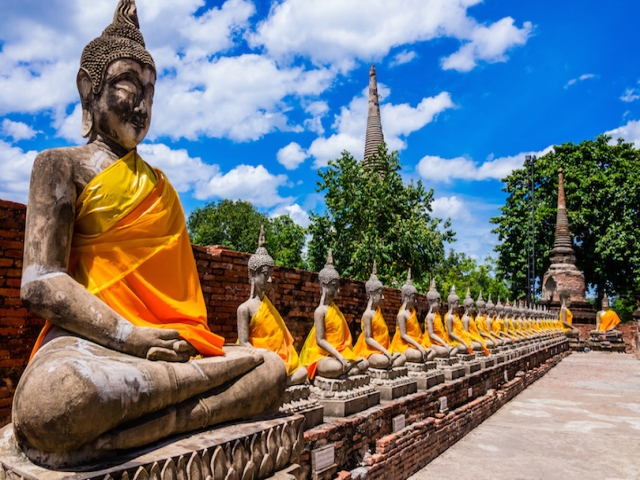
Thungyai - Huai Kha Khaeng (1991)
The Thungyai and Huai Kha Khaeng Wildlife Sanctuaries hold an unusal mix of species from four different biogeographic zones: Sundaic, Indo-Chinese, Indo-Burmese and Sino-Himalayan. The area is large and undisturbed enough to support the survival of elephant and tiger. The presence of mineral licks also is profitable for wildlife. These two contiguous parks are located in the northwest of Thailand along the Burmese border. Thungyai is predominantly mountainous, with rivers and a central grassland plain. Huai Kha Khaeng is hilly and has five types of forests. Thungyai is inhabited by tribal people, including Hmong.
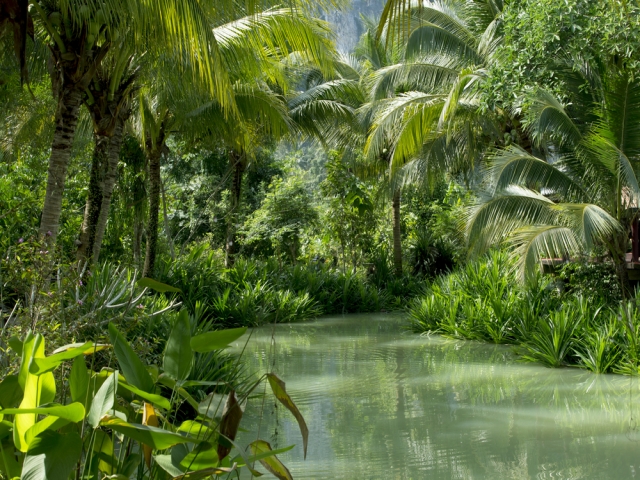
Sukhothai (1991)
The Historic Town of Sukhotai and Associated Historic Towns was the capital of the first Kingdom of Siam. It illustrates the beginnings of Thai architecture. Sukhothai blossomed in the 13th and 14th centuries. It was built by the Khmers and taken over by the Thais in 1230. The Thai language and alphabet originated here, the last was invented in 1283 by the famous King Ramkhamhaeng as a revision of various forms of Khmer alphabets into a system suitable for the writing of Thai words. The same king made Sukhothai a powerful kingdom which included many parts of what are today neighboring countries. A number of ancient cities paid him tribute. King Ramkhamhaeng also opened direct political relations with China and made two trips to China (the first in 1282 to visit the Emperor Kublai Khan). Within the walls of Sukhothai are the ruins of twenty wats (temples) and monuments, the greatest of which is Wat Mahathat. The beauty of water, for example via pools with lotuses, was also used to enhance the spiritual aspect of the wats.
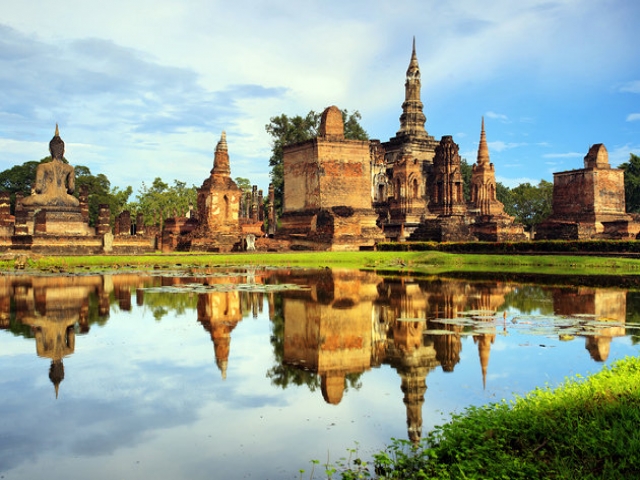
Ban Chiang (1992)
Ban Chiang is considered the most important prehistoric settlement discovered in South-East Asia. Discovered in 1957 it attracted enormous publicity due to attractive red painted pottery. The first scientific excavation was made in 1967 and uncovered several skeletons together with bronze grave gifts. Rice fragments have also been found, which prove that the Bronze Age settlement was made by farmers. The oldest graves found contain no bronze and are therefore from a Neolithic culture; the latest ones are from the Iron Age.
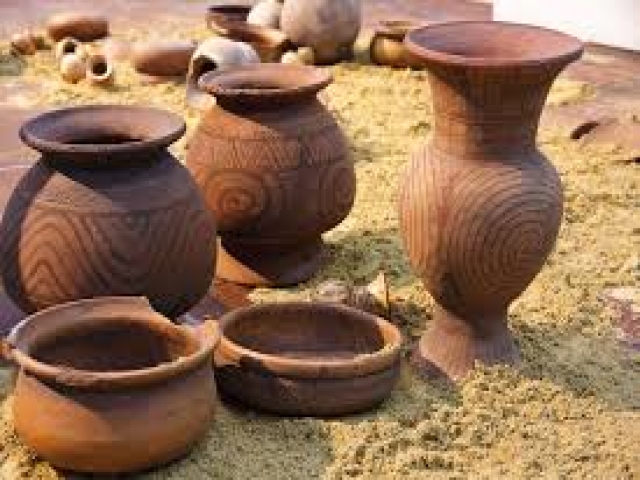
Dong Phayayen (2005)
The Dong Phayayen - Khao Yai Forest Complex is known for its high number of fauna species. It is located in the mountains of northeast Thailand. The endangered or rare fauna includes: Asian Elephant, Tiger, Leopard Cat, Pileated Gibbon, Asiatic Black Bear, Malayan Sun Bear, Smooth-coated Otter and the Siamese Crocodile. The complex comprises five almost contiguous protected areas: Khao Yai NP, Thap Lan NP, Pang Sida NP, Ta Phraya NP and Dong Yai WS. Khao Yai, established in 1962, was Thailand's first national park. It now sees some 700.000 visitors a year.
